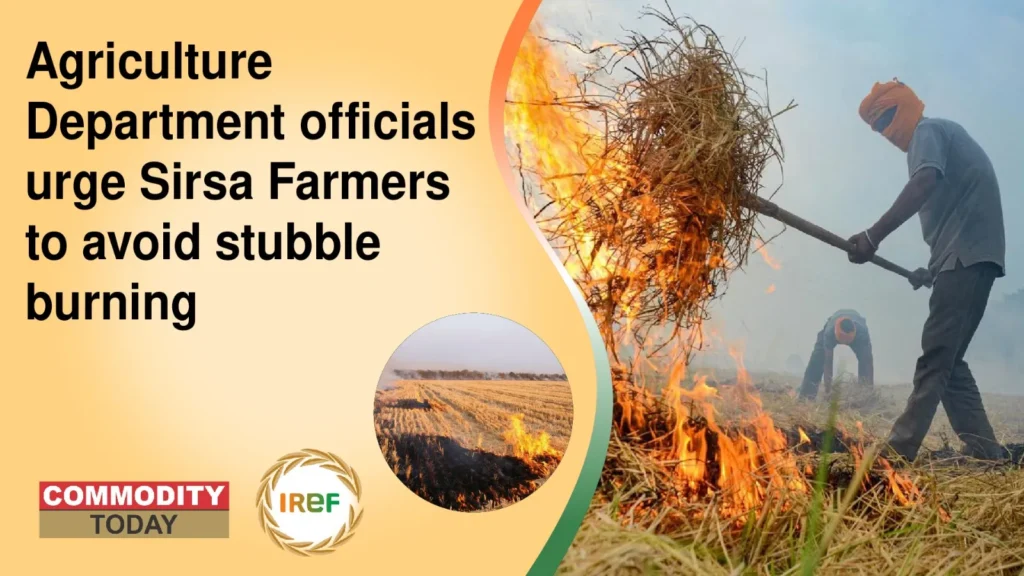The Agriculture and Farmers Welfare Department stated that managing crop residue instead of stubble burning can enhance soil fertility, decrease air pollution and benefit Sirsa farmers and the environment. According to the deputy director Sukhdev Singh asserted that the toxic gases and smoke released due to stubble burning cause respiratory and eye-related illnesses.
Awarness drives to avoid stubble burning
The agriculture department and district administration had rolled out to launch awareness drives encouraging farmers to adopt scientific methods to deal with stubble burning. The team visited several villages, including Mallewala, Jiwan Nagar, Mirzapur, and Kariwala Jotanwal, to disseminate awareness among Sirsa farmers. The Singh asserted that mixing stubble into soil instead of following stubble burning contributes to creating natural fertilizer. He added: “It enhances organic matter, retains soil moisture for longer, and offers essential nutrients for the next crop. This decreases cultivation costs and improves productivity.
State Govt offers modern machinery for stubble management
The government was offering modern machines like a happy seeder, a super straw management system, a rotavator, baler, and mulcher for efficient stubble management. Furthermore, these permitted farmers to chop and mix the crop residue into soil instead of burning, or it can be utilized to produce biogas, biofuel, animal feed, and organic compost- creating additional income sources.
Read More News:
- Agriculture Department officials urge Sirsa Farmers to avoid stubble burning
- Bangladesh Govt To Import 50,000 Tonnes Of Non-Basmati Parboiled Rice
- Brazil Gains New Export Deals With the EU and Suriname
- China Eases Nexperia Chip Export Controls For Civilian Use
- BIRC 2025: A Conference That Celebrated Indian Rice Globally



